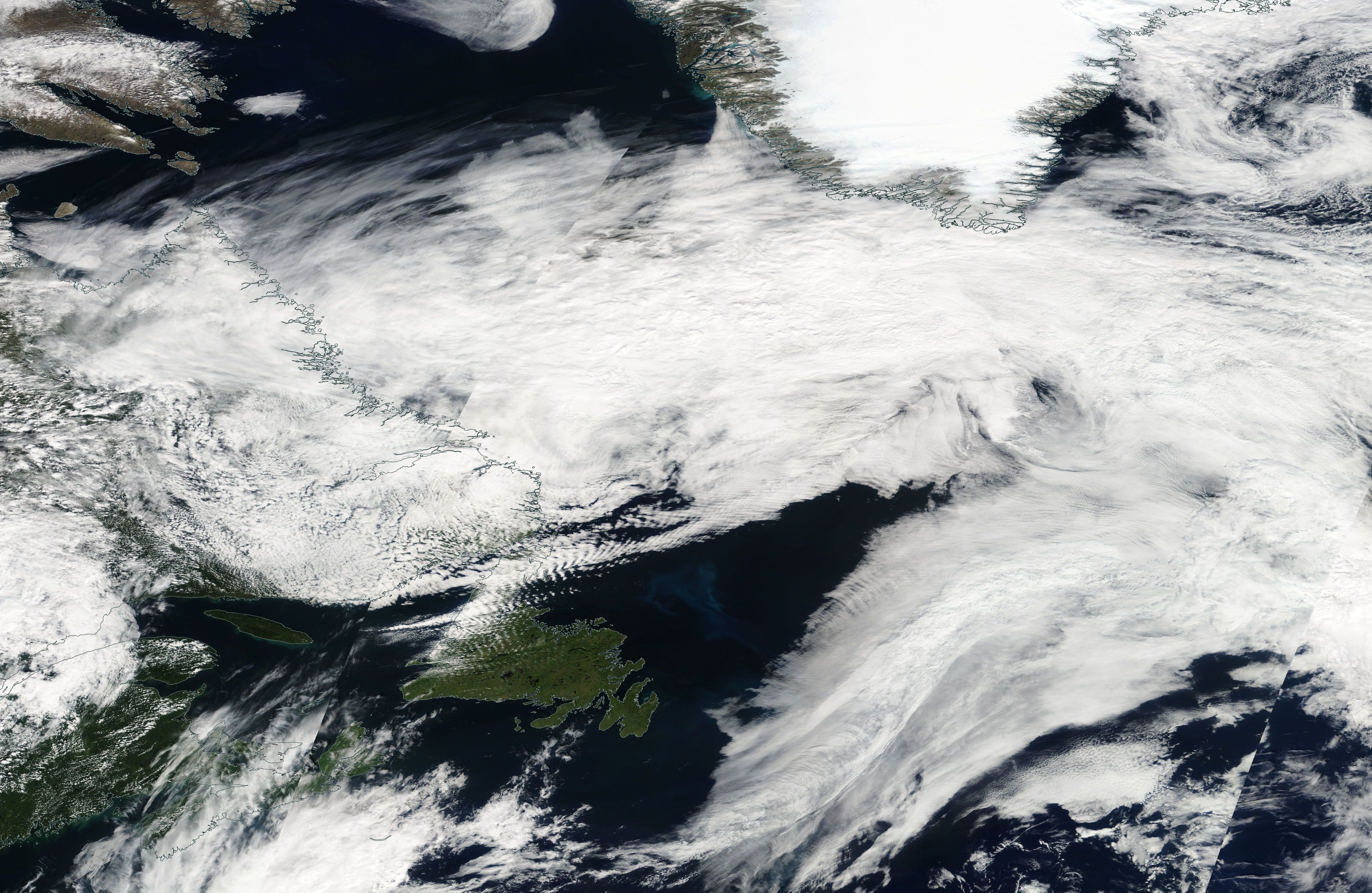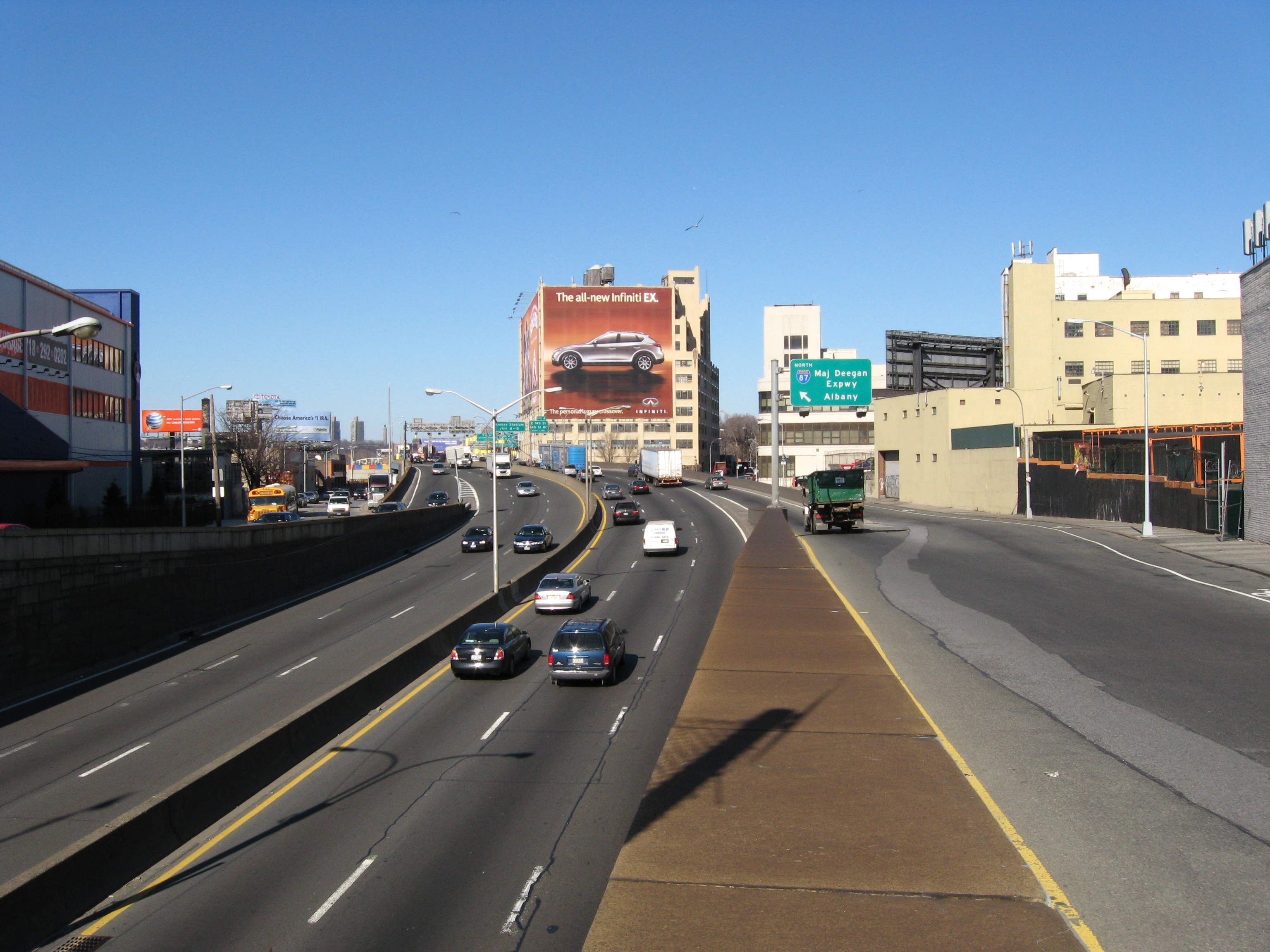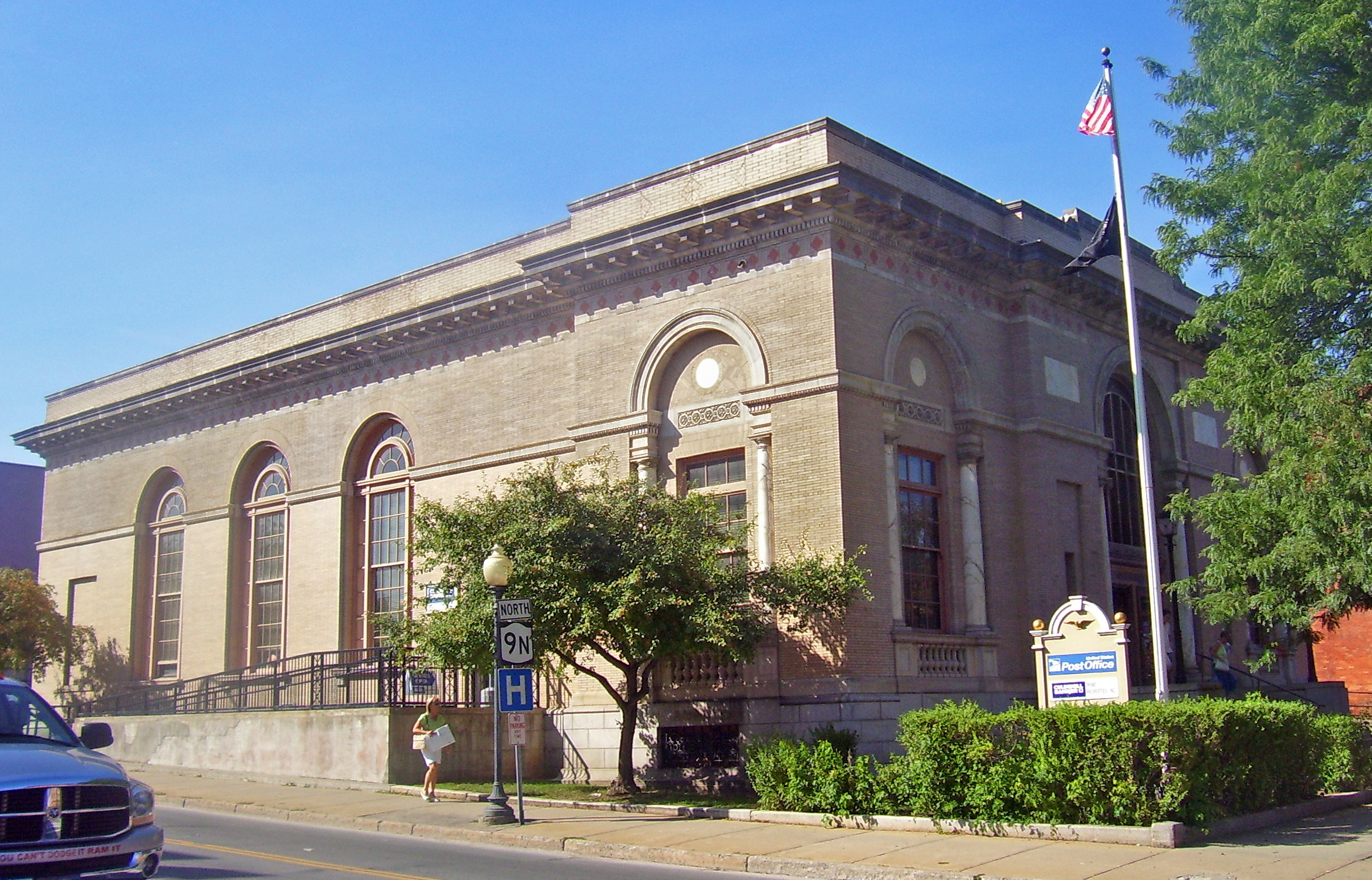|
Au Sable Forks, New York
Au Sable Forks is a hamlet in Clinton County and Essex County, New York, United States. The northern half of the community, within Clinton County, is listed as the Au Sable Forks census-designated place (CDP) and had a population of 559 at the 2010 census. Geography Au Sable Forks is located on the border of Clinton and Essex counties at (44.444063, −73.676013), centered on the point where the West Branch and the East Branch of the Au Sable River join to form the main confluence which flows into Au Sable Chasm and thence, into Lake Champlain. According to the United States Census Bureau, the CDP portion of Au Sable Forks has a total area of , of which , or 0.89%, is water. New York State Route 9N passes through the center of the community, leading northeast (downstream) to Keeseville and southwest (upstream on the East Branch) to Jay. Plattsburgh is to the northeast via NY-9N and Interstate 87. The climate of Au Sable Forks is temperate, with it being very cold in wint ... [...More Info...] [...Related Items...] OR: [Wikipedia] [Google] [Baidu] |
Hamlet (New York)
The administrative divisions of New York are the various units of government that provide local services in the State of New York. The state is divided into boroughs, counties, cities, townships called "towns", and villages. (The only boroughs, the five boroughs of New York City, have the same boundaries as their respective counties.) They are municipal corporations, chartered (created) by the New York State Legislature, as under the New York Constitution the only body that can create governmental units is the state. All of them have their own governments, sometimes with no paid employees, that provide local services. Centers of population that are not incorporated and have no government or local services are designated hamlets. Whether a municipality is defined as a borough, city, town, or village is determined not by population or land area, but rather on the form of government selected by the residents and approved by the New York Legislature. Each type of local government ... [...More Info...] [...Related Items...] OR: [Wikipedia] [Google] [Baidu] |
2010 United States Census
The United States census of 2010 was the twenty-third United States national census. National Census Day, the reference day used for the census, was April 1, 2010. The census was taken via mail-in citizen self-reporting, with enumerators serving to spot-check randomly selected neighborhoods and communities. As part of a drive to increase the count's accuracy, 635,000 temporary enumerators were hired. The population of the United States was counted as 308,745,538, a 9.7% increase from the 2000 census. This was the first census in which all states recorded a population of over half a million people as well as the first in which all 100 largest cities recorded populations of over 200,000. Introduction As required by the United States Constitution, the U.S. census has been conducted every 10 years since 1790. The 2000 U.S. census was the previous census completed. Participation in the U.S. census is required by law of persons living in the United States in Title 13 of the United ... [...More Info...] [...Related Items...] OR: [Wikipedia] [Google] [Baidu] |
United States Geological Survey
The United States Geological Survey (USGS), formerly simply known as the Geological Survey, is a scientific agency of the United States government. The scientists of the USGS study the landscape of the United States, its natural resources, and the natural hazards that threaten it. The organization's work spans the disciplines of biology, geography, geology, and hydrology. The USGS is a fact-finding research organization with no regulatory responsibility. The agency was founded on March 3, 1879. The USGS is a bureau of the United States Department of the Interior; it is that department's sole scientific agency. The USGS employs approximately 8,670 people and is headquartered in Reston, Virginia. The USGS also has major offices near Lakewood, Colorado, at the Denver Federal Center, and Menlo Park, California. The current motto of the USGS, in use since August 1997, is "science for a changing world". The agency's previous slogan, adopted on the occasion of its hundredt ... [...More Info...] [...Related Items...] OR: [Wikipedia] [Google] [Baidu] |
Mercalli Intensity Scale
The Modified Mercalli intensity scale (MM, MMI, or MCS), developed from Giuseppe Mercalli's Mercalli intensity scale of 1902, is a seismic intensity scale used for measuring the intensity of shaking produced by an earthquake. It measures the effects of an earthquake at a given location, distinguished from the earthquake's inherent force or strength as measured by seismic magnitude scales (such as the "" magnitude usually reported for an earthquake). While shaking is caused by the seismic energy released by an earthquake, earthquakes differ in how much of their energy is radiated as seismic waves. Deeper earthquakes also have less interaction with the surface, and their energy is spread out across a larger volume. Shaking intensity is localized, generally diminishing with distance from the earthquake's epicenter, but can be amplified in sedimentary basins and certain kinds of unconsolidated soils. Intensity scales empirically categorize the intensity of shaking based on the effect ... [...More Info...] [...Related Items...] OR: [Wikipedia] [Google] [Baidu] |
Fault (geology)
In geology, a fault is a planar fracture or discontinuity in a volume of rock across which there has been significant displacement as a result of rock-mass movements. Large faults within Earth's crust result from the action of plate tectonic forces, with the largest forming the boundaries between the plates, such as the megathrust faults of subduction zones or transform faults. Energy release associated with rapid movement on active faults is the cause of most earthquakes. Faults may also displace slowly, by aseismic creep. A ''fault plane'' is the plane that represents the fracture surface of a fault. A ''fault trace'' or ''fault line'' is a place where the fault can be seen or mapped on the surface. A fault trace is also the line commonly plotted on geologic maps to represent a fault. A ''fault zone'' is a cluster of parallel faults. However, the term is also used for the zone of crushed rock along a single fault. Prolonged motion along closely spaced faults can blur the ... [...More Info...] [...Related Items...] OR: [Wikipedia] [Google] [Baidu] |
2002 Au Sable Forks Earthquake
The 2002 Au Sable Forks earthquake was an unusual and rare earthquake that struck North Country in 20 April, 2002 at 06:50:45 local time. This earthquake had a moment magnitude of 5.1 and a Modified Mercalli Intensity of VII (''Very strong''). There was damage near the epicenter however there were no injuries nor deaths. Shortly after, another earthquake measuring 3.7 struck the same area. Geologic setting This earthquake and its aftershocks are located on the northeastern side of the Adirondack massif, on the Champlain fault zone. This fault zone is characterized by north-south striking brittle faults. These faults include both normal, usually high angle, as well as thrust/reverse faults. While Grenville-age structure is mostly striking east to west and is generally quite complex, the hard structure in the Adirondack Mountains are influenced by regional fracture zones that are trending north-northeast. Some of these are traced for hundreds of kilometers across the entire Adiro ... [...More Info...] [...Related Items...] OR: [Wikipedia] [Google] [Baidu] |
Moment Magnitude Scale
The moment magnitude scale (MMS; denoted explicitly with or Mw, and generally implied with use of a single M for magnitude) is a measure of an earthquake's magnitude ("size" or strength) based on its seismic moment. It was defined in a 1979 paper by Thomas C. Hanks and Hiroo Kanamori. Similar to the local magnitude scale, local magnitude/Richter scale () defined by Charles Francis Richter in 1935, it uses a logarithmic scale; small earthquakes have approximately the same magnitudes on both scales. Despite the difference, news media often says "Richter scale" when referring to the moment magnitude scale. Moment magnitude () is considered the authoritative magnitude scale for ranking earthquakes by size. It is more directly related to the energy of an earthquake than other scales, and does not saturate—that is, it does not underestimate magnitudes as other scales do in certain conditions. It has become the standard scale used by seismological authorities like the U.S. Geological ... [...More Info...] [...Related Items...] OR: [Wikipedia] [Google] [Baidu] |
Hurricane Irene
Hurricane Irene was a large and destructive tropical cyclone which affected much of the Caribbean and East Coast of the United States during late August 2011. The ninth named storm, first hurricane, and first major hurricane of the 2011 Atlantic hurricane season, Irene originated from a well-defined Atlantic tropical wave that began showing signs of organization east of the Lesser Antilles. Due to development of atmospheric convection and a closed center of circulation, the system was designated as Tropical Storm Irene on August 20, 2011. After intensifying, Irene made landfall in St. Croix as a strong tropical storm later that day. Early on August 21, the storm made a second landfall in Puerto Rico. While crossing the island, Irene strengthened into a Category 1 hurricane. The storm paralleled offshore of Hispaniola, continuing to slowly intensify in the process. Shortly before making four landfalls in the Bahamas, Irene peaked as a Category 3 hurricane. Th ... [...More Info...] [...Related Items...] OR: [Wikipedia] [Google] [Baidu] |
Interstate 87 (New York)
Interstate 87 (I-87) is a north–south Interstate Highway located entirely within the US state of New York. It is most of the main highway between New York City and Montreal. The highway begins at exit 47 off I-278 in the New York City borough of the Bronx, just north of the Robert F. Kennedy Bridge and Grand Central Parkway. From there, the route runs northward through the Hudson Valley, the Capital District, and the easternmost part of the North Country to the Canadian border in the town of Champlain. At its north end, I-87 continues into Quebec as Autoroute 15 (A-15). I-87 connects with several regionally important roads: I-95 in New York City, New York State Route 17 (NY 17; future I-86) near Harriman, I-84 near Newburgh, and I-90 in Albany. The highway is not contiguous with I-87 in North Carolina. I-87 was assigned in 1957 as part of the establishment of the Interstate Highway System. The portion of I-87 south of Albany follows two contr ... [...More Info...] [...Related Items...] OR: [Wikipedia] [Google] [Baidu] |
Plattsburgh (city), New York
Plattsburgh ( moh, Tsi ietsénhtha) is a city in, and the seat of, Clinton County, New York, United States, situated on the north-western shore of Lake Champlain. The population was 19,841 at the 2020 census. The population of the surrounding (and separately incorporated) Town of Plattsburgh was 11,886 as of the 2020 census, making the combined population for all of greater Plattsburgh to be 31,727. Plattsburgh lies just to the northeast of Adirondack Park, immediately outside of the park boundaries. It is the second largest community in the North Country region (after Watertown), and serves as the main commercial hub for the sparsely populated northern Adirondack Mountains. The land around what is referred to as Plattsburgh was previously inhabited by the Iroquois, Western Abenaki, Mohican and Mohawk people. Samuel de Champlain was the first ever recorded European that sailed into Champlain Valley and later claimed the region as a part of New France in 1609. Plattsburgh wa ... [...More Info...] [...Related Items...] OR: [Wikipedia] [Google] [Baidu] |
Keeseville, New York
Keeseville is a hamlet (and census-designated place) in Clinton and Essex counties, New York, United States. The population was 1,815 at the 2010 census. The hamlet was named after the Keese family, early settlers from Vermont. It developed along the Ausable River, which provided water power for mills and industrial development. Keeseville is in the towns of Au Sable and Chesterfield and is south of the city of Plattsburgh. It is located inside what are now the boundaries of Adirondack Park, which was authorized in the 20th century. On January 23, 2013, the town's selectboard voted to dissolve the village. As of 2016, the U.S. Census Bureau still had Keeseville listed as a village. History The hamlet was originally called "Anderson Falls" by settlers from New England, who moved into the area following the American Revolutionary War and forcing of Iroquois tribes off their lands. The name was changed circa 1812 to "Keeseville", after a local manufacturer and businessman. The ... [...More Info...] [...Related Items...] OR: [Wikipedia] [Google] [Baidu] |
New York State Route 9N
New York State Route 9N (NY 9N) is a north–south state highway in northeastern New York in the United States. It extends from an intersection with U.S. Route 9 (US 9), NY 29, and NY 50 in the city of Saratoga Springs to a junction with US 9 and NY 22 in the Clinton County hamlet of Keeseville. At in total length, NY 9N is the longest letter-suffixed route in the state. It is concurrent with its parent route for in the village of Lake George and for three blocks in the hamlet of Elizabethtown. Much of NY 9N runs alongside either a river or a lake. It follows the Hudson River through northern Saratoga County and southern Warren County, the entirety of Lake George's western shoreline, the west edge of Lake Champlain between Ticonderoga and Westport, and the Ausable River from Keene to Keeseville. The other portions of NY 9N pass through predominantly rural and mountainous regions of the Adirondack Mountains. The NY&n ... [...More Info...] [...Related Items...] OR: [Wikipedia] [Google] [Baidu] |






